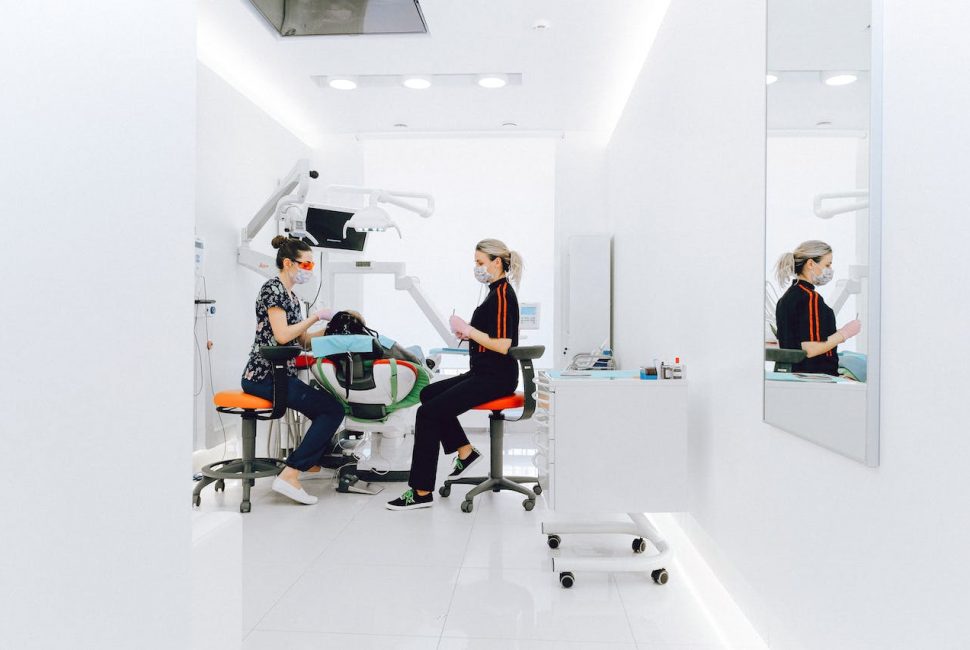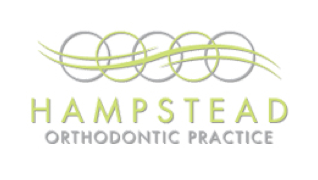NHS vs Private Orthodontics: The Main Differences

Orthodontic treatment plays a crucial role in achieving a straighter and healthier smile.
Here in the UK, individuals seeking orthodontic care often have the option to choose between private and National Health Service (NHS) orthodontics. While both avenues aim to enhance dental alignment, there are significant differences between the two approaches.
This article will delve into the main differences between NHS and private orthodontics, helping you make an informed decision about the type of care that suits your needs.
Accessibility and Eligibility
NHS
NHS orthodontics is primarily aimed at providing affordable dental care to eligible individuals, often children and teenagers, who have moderate to severe orthodontic issues affecting their oral health.
Private
Private orthodontic clinics are open to individuals of all ages, and there are usually no eligibility criteria. People can seek private treatments for cosmetic reasons or if they prefer more personalised care.
Treatment Options
NHS
The NHS typically offers traditional metal braces as the primary orthodontic treatment. Complex cases may be referred to specialist NHS orthodontic services.
Private
Private practices often provide a broader range of treatment options, including invisible aligners (Invisalign), ceramic braces (Symetri Clear), and lingual braces (Damon System and Incognito). With these many options, patients can choose treatments that better align with their preferences and lifestyle.
Waiting Times
NHS
Due to high demand and limited resources, NHS orthodontic treatment may involve longer waiting times. Priority is given to more severe cases.
Private
Private clinics generally offer quicker access to treatment, with shorter waiting times. This can be advantageous for those seeking prompt care or desiring specific orthodontic solutions.
Braces Cost
NHS
NHS orthodontics is subsidized by the government, making it more affordable. However, patients may sometimes be required to contribute a nominal fee.
Private
Private orthodontic treatment involves higher costs, as patients are responsible for covering the full expenses. However, this may include additional perks like more flexible appointment scheduling and premium materials.
Personalisation and Extras
NHS
NHS treatments are standardised, and the focus is on addressing oral health concerns. This means customisation options may be limited.
Private
Private practices often prioritise personalised care, allowing patients to choose from various treatment options and providing additional services such as cosmetic enhancements.
Is the Cost of Braces Included in Private Healthcare Coverage?
Your insurance is likely to cover the expenses associated with obtaining and fitting braces, but only if they are deemed medically necessary.
In other words, coverage may be provided if you require braces for essential health reasons rather than purely for aesthetic purposes.
What Should You Choose Between Private and NHS Orthodontics?
Choosing between private and NHS orthodontics involves considering factors such as eligibility, treatment options, waiting times, cost, and the level of personalisation desired.
While NHS orthodontics is an excellent option for those meeting eligibility criteria, private orthodontics offers a more diverse range of choices and quicker access to treatment for individuals seeking a tailored and expedited orthodontic experience.
If you’d like to seek orthodontic treatment, then get in touch today for a FREE consultation.


